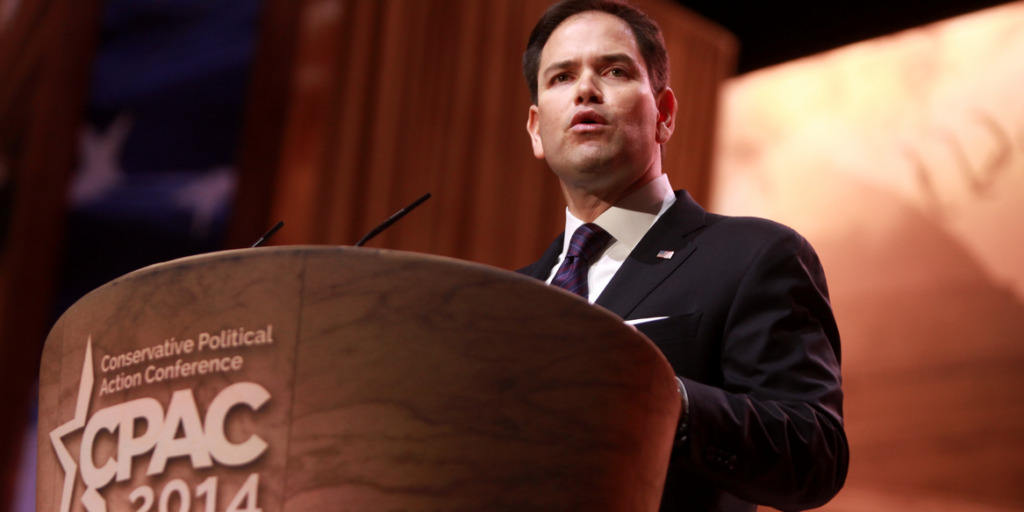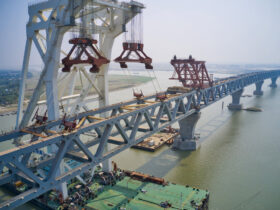With former Citibank chairman Walter Wriston once declaring “countries don’t go bust,” the notion of a central government defaulting on its debt produces an image of nothing less than anarchy and societal collapse. Yet, Argentina has done just that: becoming a serial defaulter who is trapped in a cycle of being overly dependent on debt that it cannot service. Entering into its ninth default in the country’s history, Argentina swiftly moved to negotiate with creditors, reaching a pivotal agreement to restructure $65 billion in debt in an effort to create a better foundation for economic growth.
Argentina, a debt-burdened state that is constantly teetering on the brink of crisis, was once a Wall Street darling and the eye candy of the Washington Consensus, attracting billions of dollars in foreign investment in the 1990s. During that time, then president Carlos Menem initiated large-scale structural reforms, including the privatization of nationalized industry, as he overhauled domestic policy. Argentina quickly became a favorite of the International Monetary Fund, with Argentine bonds composing almost 25% of emerging market debt.
However, by the end of the 1990s, Argentina’s economy had deteriorated significantly. Argentina’s national debt levels ballooned from $60 billion to $145 billion during Menem’s presidency, and interest payments began draining more money from the public expenditure coffers. Austerity measures intended to service the mountainous pile of debt sent the country further into economic collapse as government commitment shifted away from Argentine citizens to the obligations of foreign creditors. Social tensions soon reached a boiling point, with violent protests and riots erupting nationwide, and citizens even attacking government officials in public.
The debt intended to usher Argentina into the world of global capitalism and transform the nation into the dominant economy of Latin America had instead become the very source of its demise. In a spiraled-fashion fall from grace, the former shining star of emerging markets declared a unilateral suspension of payments in 2001, triggering a default on $82 billion of debt in the largest sovereign default in history. Argentina was sent reeling with spillover effects with inflation running wild, a wholesale credit cutoff, rapidly depleting bank reserves, and international capital flight.
Sovereign default is not subjected to international financial regulation or a supra-national bankruptcy court. Rather than face an orderly bankruptcy process, a creditor holdout battle ensued. Investment firms who had opportunistically bought Argentina debt for pennies on the dollar to make a profit off Argentina’s woes – known as “vulture funds” – engaged in fierce litigation in order to recoup full repayment. These firms even attempted to seize assets abroad, including vessels off the coast of Ghana. After being locked out of capital markets for over a decade, the 15-year long holdout battle finally concluded in 2016 with Argentina paying $6.5 billion to four holdout bondholders.
Despite the settlement, the 2001 default saga still haunts Argentina, as bonds created in 2005 and 2010 restructurings of the 2001 default still compose a large portion of Argentina’s current $323 billion debt load. With the history of two decades ago continuously repeating itself, the legitimacy of the Argentine political establishment continues to be challenged by an overly burdensome debt load that hinders its ability to initiate social and political policy. The country finds itself in a destructive cycle of structural dependence on debt that continues to reduce its fiscal authority. The credit lines that are intended to provide the financial wherewithal to serve the people of Argentina instead further deepens the governments need to bow to the demands of its second and more powerful constituency of international creditors and bailout funds that continue to provide lifelines.
The difficulties of maintaining the delicate balance of central government legitimacy while attracting foreign direct investment has been further brought to light by the effects of COVID-19. Austerity measures enacted to better enhance Argentina’s ability to carry its debt load disproportionately affects working class citizens who are reliant on wage labor for their livelihood. Although current Argentina president Alberto Fernandez has been praised for his quick enactment of shutdown measures designed to stop the spread of COVID-19, Argentina has little fiscal capacity for welfare programs.
While the United States, which is home to the wealthy creditors who continuously drain money out of Argentina, has enacted COVID-19 relief social programs worth more than $200 billion, Argentina has only put toward $1 billion, with only 25% of small to medium-sized companies receiving any sort of state support. Currently, 40% of the country is living in poverty and 28,000 small and family-run businesses have collapsed in the first half of 2020 alone. The bid for prosperity that has been promised to the middle-class for decades has once more been pushed further down the horizon.
But the 392,009 COVID-19 cases and 8,271 deaths caused by the disease has commanded far greater attention than the demands from creditors, with the country making a break from the past and making a swift restructuring agreement that significantly lowers its debt load. After failing to meet a $500 million payment, Argentina officially defaulted for the 9th time in history on May 22.
With the dire economic havoc inflicted by COVID-19, Argentina avoided another prolonged creditor dispute and resolved differences with creditors in only a few months, agreeing to a deal that values the bonds at about 55 cents on the dollar and provides $38 billion of debt relief over a 10-year period. The deal is a catalyst to investment that provides Argentina access to capital markets at a lower rate of interest that will overall be a boost for the entire economy while providing conditions necessary for sustainable growth.
Although the collaborative nature of the restructuring agreement is to be applauded, it is far too early to celebrate. Argentina faces several more short-term challenges in order to avert further social crisis, including reaching an agreement with the International Monetary Fund to replace a $44 billion lending deal that was provided in 2018. Having been in a recession since 2018, and experts predicting an annual GDP decline of 13.5%, Argentina faces the daunting task of reigniting an already sputtering economy while simultaneously fighting the spread of COVID-19, bouts of hyperinflation, and dangerously low foreign currency reserves.
While the restructuring deal provides breathing room for the government, Argentina needs to implement structural reforms, fiscal discipline, and rigorously maintain monetary policy in order to avoid another debt crisis. Yet, Argentina citizens have been promised this in campaign slogans for decades without seeing results. While the shot clock has been reset, it is still ticking for President Alberto Fernandez, who must reign in the country’s structural dependence on debt in order to restore democratic legitimacy and escape the debt trap it has found itself buried under.







